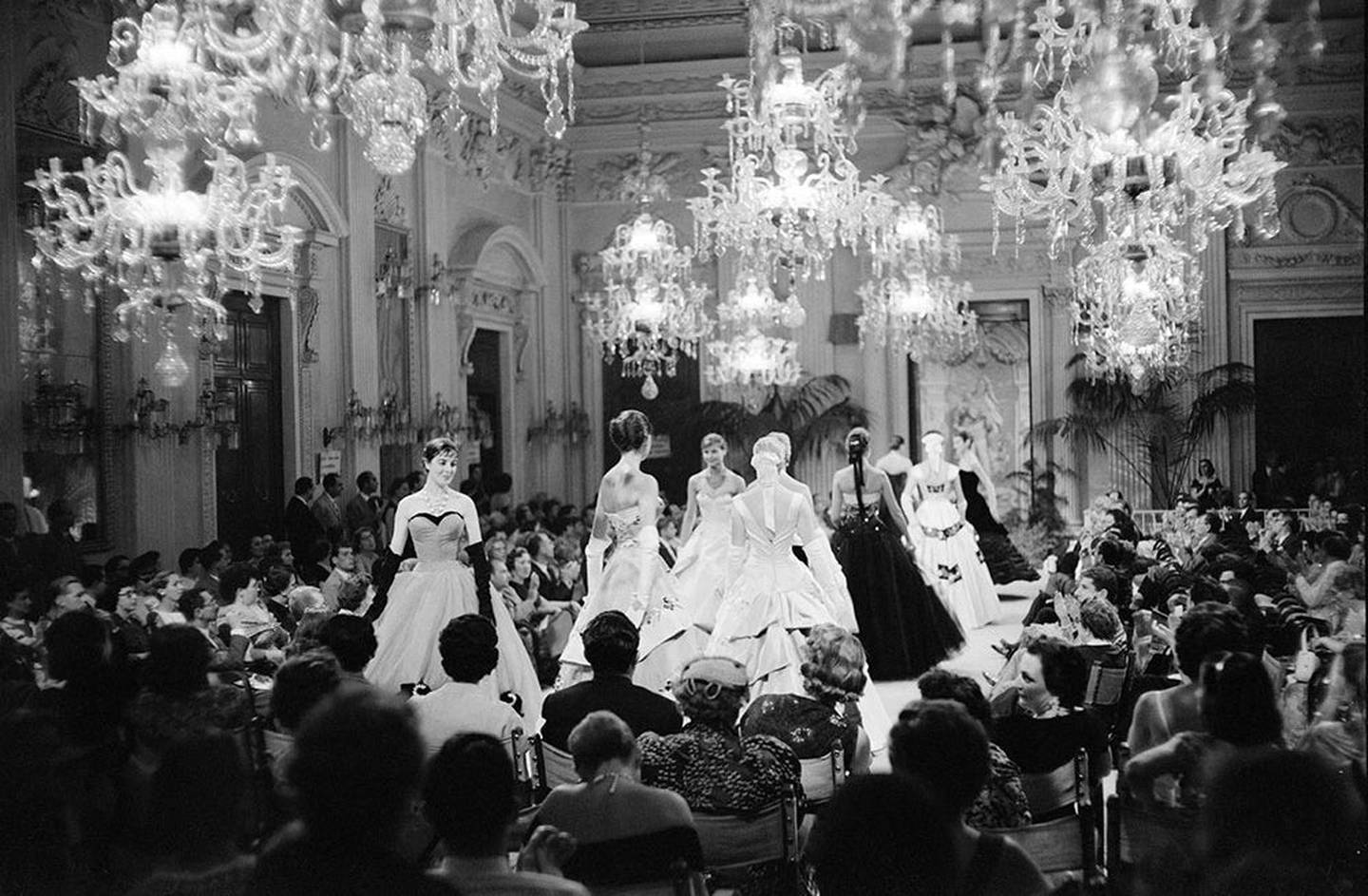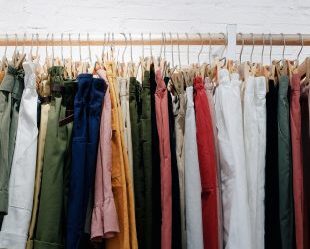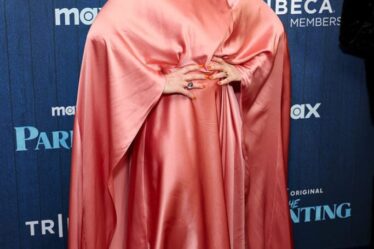
NEW YORK, United States — I wouldn’t blame Ulta Beauty executives if they were humming Katy Perry’s “Teenage Dream” around the office this week. The fast-growing retailer appears to be tightening its grip on teen shoppers, an important indicator of its ability to keep up its extraordinary run of growth.
Analysts at Piper Jaffray survey teens semi-annually about their shopping preferences. In their 37th instalment of the research, published Monday, they found that Ulta for the first time surpassed Sephora as teens’ favourite place to shop for beauty products.
This win with a notoriously hard-to-please crowd should provide affirmation that the investors who sent Ulta shares to an all-time high Monday aren’t guilty of misplaced optimism.
Ulta’s splashiest recent move surely played a role in its popularity among teen shoppers: It began carrying Kylie Cosmetics, the makeup line started by “Keeping Up with The Kardashians” star Kylie Jenner, at its stores last fall. Scoring an exclusive on the Kylie goods was a major coup for Ulta. It’s among the buzziest new brands in the business, and it ought to have particular appeal for young shoppers. In the Piper Jaffray survey, Jenner was among the 10 celebrities cited as Generation Z’s favorites, alongside the likes of Ariana Grande, Dwayne “The Rock” Johnson, and Cardi B. No wonder Ulta said store traffic in the fourth quarter was boosted in part by shoppers wanting to try Jenner’s previously online-only beauty line in person.
Make no mistake, though: Ulta would be cruising even without the Jenner bump. CEO Mary Dillon has deftly curated a product mix that brings mass-market and prestige brands under one roof – a unique offering in an increasingly crowded beauty landscape. And its salon services are a powerful secret weapon: They only accounted for 4 percent of sales in 2018, but are crucial in driving foot traffic. Executives have said salon customers come to the store more than twice as often as non-salon customers, and spend, on average, $45 on products such as shampoo during each visit.
The teen shopping survey should also comfort anyone who had doubts about Ulta’s aggressive store openings – a strategy that may seem counter-intuitive, if not foolhardy, given the raft of closings and bankruptcies elsewhere in the industry.
Piper Jaffray found that 90 percent of female teens said they prefer shopping for beauty items in stores over online. Yes, that’s right: Even a group that probably doesn’t remember life before iPhones has appreciation for stores, so long as they offer opportunity for discovery and experimentation. Other retailers hungry for Generation Z’s dollars should take note, and should try to adapt their brick-and-mortar spaces to cater to similar behaviour. Ulta’s stores also will be a valuable defence against Amazon, which is clearly ramping up its efforts in the beauty category, such as with its recently debuted Belei skincare line.
Ulta’s impressive growth streak hasn’t been lost on Wall Street. In fact, I was surprised to learn recently that only one stock in the S&P 500 Index has seen its shares soar more than Ulta since the beginning of 2009: Netflix.
Not too shabby for a company in an industry that is often said to be in apocalypse mode. And I don’t think investors are wrong to continue to believe Ulta has a plausible path to more growth, given its track record of increasing its e-commerce traffic without cannibalising its in-store business.
Retailers often trip over themselves to attract teenagers. After all, it may be the start of a lasting customer loyalty that continues well into their prime earnings years. For Ulta, that focus – along with many of its recent smart moves – is paying off, and promises to do so for some time to come.
I was also extremely surprised to discover Adam Sandler made the list, because I thought he hadn’t been cool with teens since I was a teenager. But, I digress.
By Sarah Halzack; editor: Beth Williams
This column does not necessarily reflect the opinion of Bloomberg LP and its owners. The views expressed in Op-Ed pieces are those of the author and do not necessarily reflect the views of The Business of Fashion.



